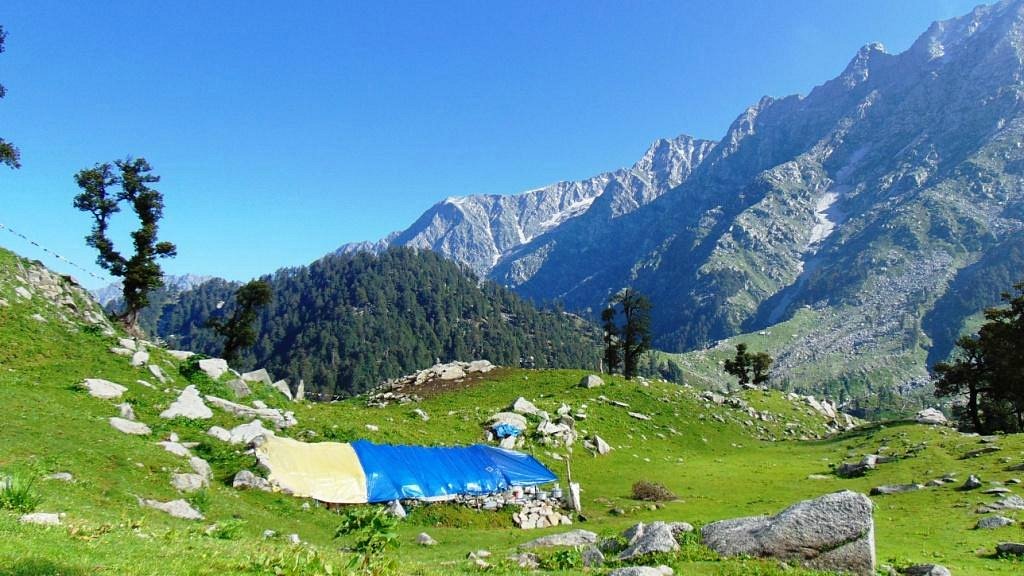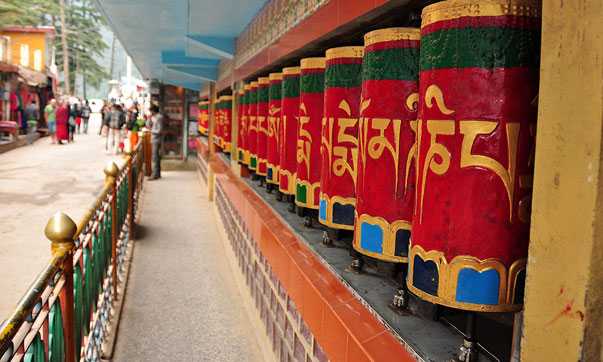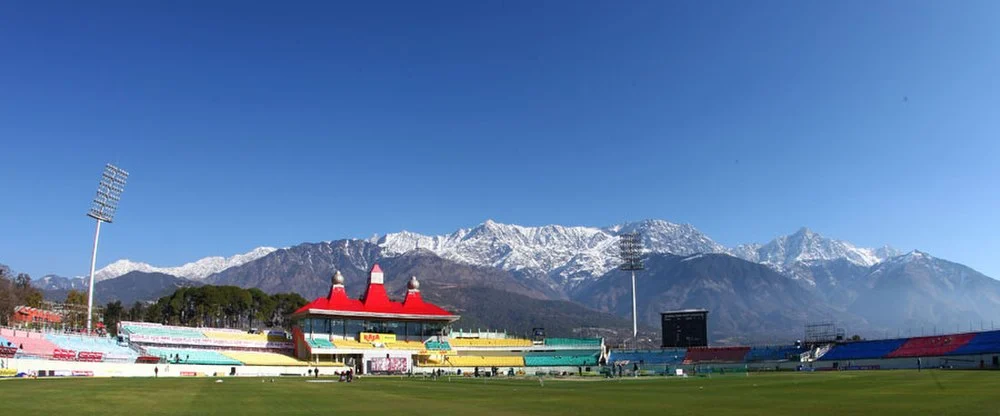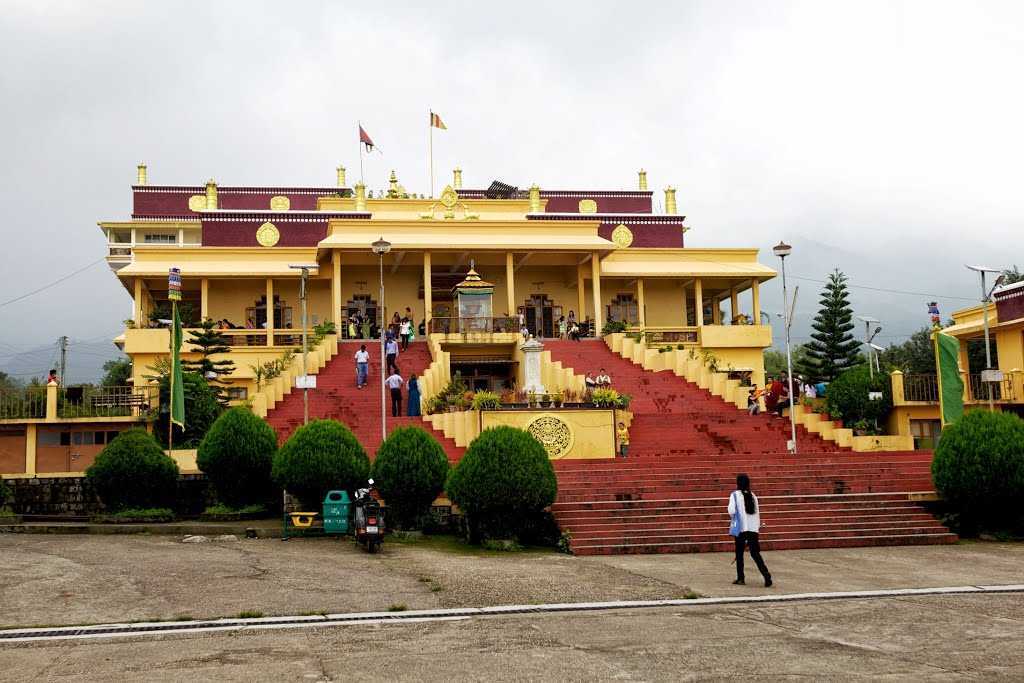Himalayan Art Museum
Discover the Himalayan Art Museum, a cultural treasure trove that celebrates the rich artistic heritage of the Himalayan region. This guide explores the museum's history, exhibits, visitor information, and more, providing a complete overview of this unique institution.
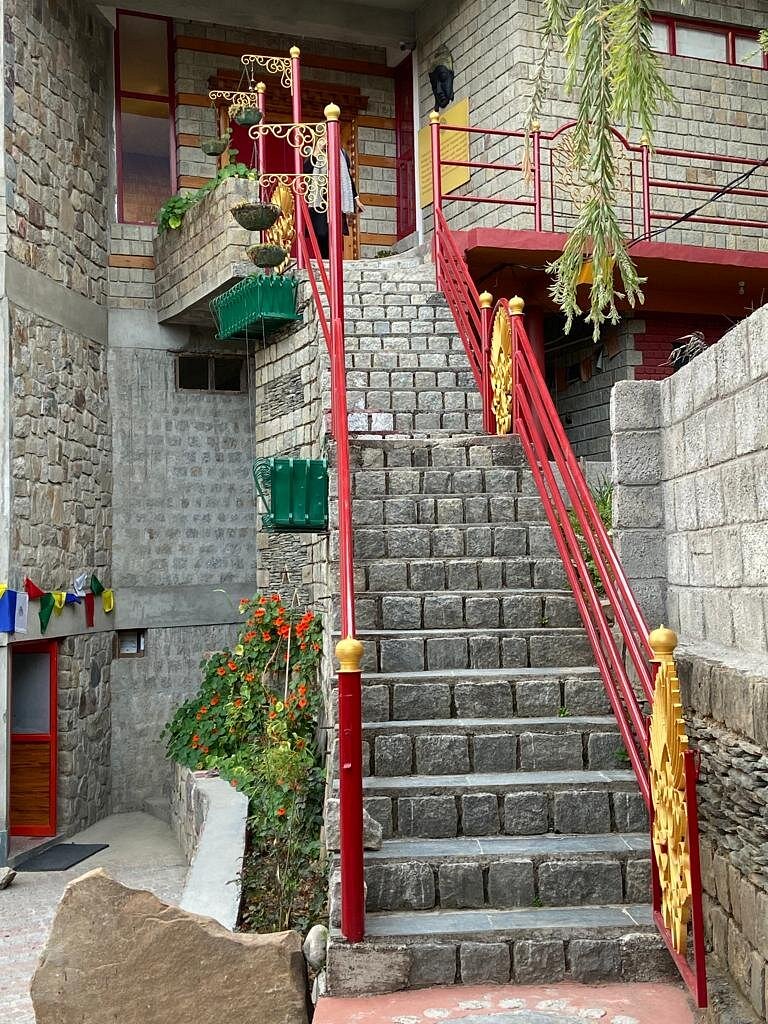
The Himalayan Art Museum is dedicated to preserving and showcasing the diverse artistic traditions of the Himalayan region. Located in the serene surroundings of the Himalayas, this museum offers a rich collection of artworks, including thangka paintings, sculptures, textiles, and more. It serves as a cultural hub for art enthusiasts, researchers, and tourists alike.
Historical Background
Established in the early 2000s, the Himalayan Art Museum was founded with the mission of preserving the artistic heritage of the Himalayan region, which includes Tibet, Nepal, Bhutan, and parts of India. The museum has since grown to become a significant repository of Himalayan art, attracting visitors from around the world.
Location and Accessibility
The Himalayan Art Museum is situated in the heart of the Himalayan region, providing a tranquil and inspiring setting for visitors. The museum is easily accessible by road, with the nearest major town being Dharamshala in Himachal Pradesh.
- By Air: The nearest airport is Gaggal Airport, approximately 20 kilometers (12 miles) away.
- By Train: The nearest railway station is in Pathankot, about 85 kilometers (53 miles) away.
- By Road: Regular bus services and private taxis connect the museum to major cities and towns.
Architectural Features
The architecture of the Himalayan Art Museum is a blend of traditional Himalayan and modern design elements. The structure harmoniously integrates with the natural landscape, offering visitors a serene environment to appreciate the art.
- Main Building: Houses the primary exhibition halls and administrative offices.
- Exhibition Halls: Spacious and well-lit, designed to enhance the viewing experience.
- Courtyard: Features sculptures and installations, providing an outdoor space for contemplation.
- Library and Research Center: Equipped with extensive resources on Himalayan art and culture.
Key Exhibits and Collections
- Thangka Paintings: Intricately detailed Buddhist religious paintings on cotton or silk.
- Sculptures: Statues and carvings of deities, made from various materials including bronze, wood, and stone.
- Textiles: Traditional Himalayan textiles, including woven fabrics and garments.
- Manuscripts: Ancient texts and religious manuscripts, showcasing the literary heritage of the region.
- Photographic Archives: Historical photographs documenting the culture and history of the Himalayan people.
Educational Programs and Workshops
The Himalayan Art Museum offers a range of educational programs and workshops aimed at promoting understanding and appreciation of Himalayan art and culture.
- Art Workshops: Hands-on sessions in thangka painting, sculpture, and textile weaving.
- Lectures and Seminars: Talks by experts on various aspects of Himalayan art and history.
- School Programs: Specially designed tours and activities for school groups.
- Artist Residencies: Opportunities for artists to live and work at the museum, contributing to its vibrant cultural exchange.
Visitor Information
- Timings: Open daily from 9:00 AM to 5:00 PM, closed on public holidays.
- Entry Fee: Nominal fee for entry, with discounts for students and senior citizens.
- Guided Tours: Available for an additional fee, providing in-depth insights into the exhibits.
- Facilities: Includes a café, gift shop, and restrooms.
Nearby Attractions
While visiting the Himalayan Art Museum, explore other attractions in the area:
- Dalai Lama Temple Complex: A spiritual and cultural center in McLeod Ganj.
- Bhagsu Waterfall: A scenic spot perfect for a short trek.
- Triund Hill: A popular trekking destination offering panoramic views.
- Norbulingka Institute: Dedicated to preserving Tibetan culture through arts and crafts.
Cultural Significance
The Himalayan Art Museum plays a crucial role in preserving and promoting the artistic traditions of the Himalayan region. It serves as a cultural bridge, fostering understanding and appreciation of Himalayan art and heritage among a global audience.
Environmental Impact
The museum is committed to sustainable practices to minimize its environmental footprint:
- Energy Efficiency: Use of solar panels and energy-efficient lighting.
- Waste Management: Recycling and proper disposal of waste.
- Water Conservation: Rainwater harvesting and efficient water use.
- Green Spaces: Maintaining gardens and green areas to enhance the environment.
Testimonials and Experiences
"The Himalayan Art Museum is a hidden gem. The collection of thangka paintings and sculptures is truly remarkable." - Ramesh K.
"Attending a workshop at the museum was a fantastic experience. I learned so much about the techniques and symbolism in Himalayan art." - Emma T.
Frequently Asked Questions (FAQs)
What are the opening hours of the Himalayan Art Museum?
- Open daily from 9:00 AM to 5:00 PM, closed on public holidays.
Is there an entry fee for the museum?
- Yes, there is a nominal entry fee with discounts for students and senior citizens.
Are guided tours available?
- Yes, guided tours are available for an additional fee.
Can I take photographs inside the museum?
- Photography is allowed in certain areas; please check specific guidelines at the entrance.
What types of workshops does the museum offer?
- The museum offers workshops in thangka painting, sculpture, textile weaving, and more.
Is the museum accessible to differently-abled individuals?
- Yes, the museum is designed to be accessible to all visitors.
Are there any dining facilities at the museum?
- Yes, there is a café on the premises.
How can I get to the Himalayan Art Museum?
- The museum is accessible by air, train, and road, with the nearest airport being Gaggal Airport.

